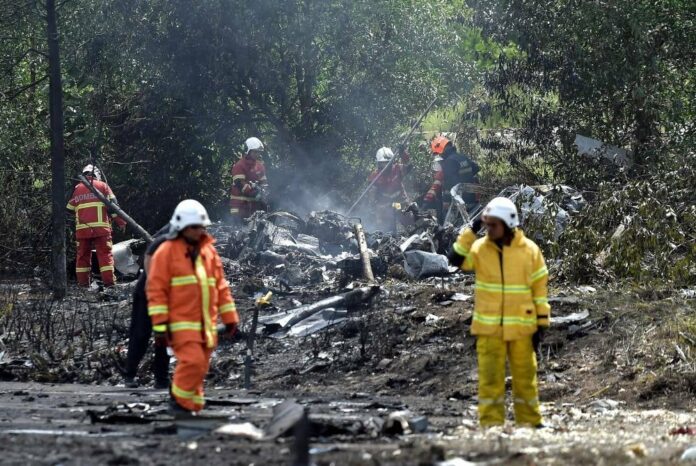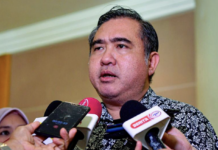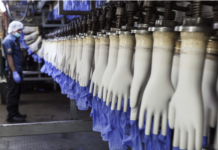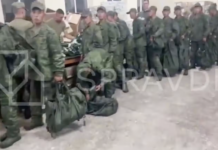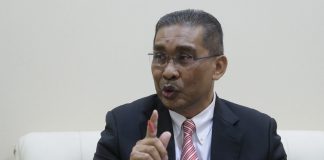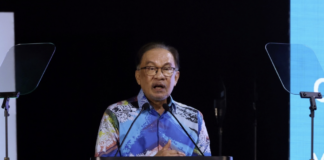KUALA LUMPUR, Aug 18 — Deoxyribonucleic acid (DNA) testing for incomplete remains involves extracting the genetic material from tissue or bone and matching it with the DNA of the victim’s next of kin.
Universiti Kebangsaan Malaysia medical lecturer Dr Noor Hazfalinda Hamzah said DNA samples can be taken from as many tissues as possible in the body to compare with family members.
“If the body still looks perfect at the time of post-mortem, we can send it in for DNA testing. But if we have organ parts, we can still send for DNA.
“They can be taken from bones, or from teeth,” she said when appeared as a guest on Bernama Radio’s REAKSI programme on yesterday’s aircraft crash tragedy.
Even if the victim was burnt at up to 700 degrees Celsius, the forensic team can still amplify the DNA found on the victim’s body, she said.
Dr Noor Hazfalinda said the forensic team will analyse every part found by the authorities at the crime scene to establish the identity of each part so that the body can be returned to the family in good condition (presentable).
Meanwhile, director of DNA Forensic Division, Department of Chemistry, Nor Aidora Saedon said that in the case of incomplete bodies, agencies such as the Royal Malaysia Police and the Pathology Department of the Ministry of Health will recover the body parts and send them to forensics.
“Each of these part will be analysed to obtain the respective DNA profile. Then, these DNA profiles will be compared with the DNA profiles of the victim’s next-of kin,” she told Bernama.
On how long the process of DNA analysis takes, she said it depends on the condition of the samples obtained.
A Beechcraft Model 390 (Premier 1) light business jet aircraft flying from Langkawi to the Sultan Abdul Aziz Shah Airport in Subang crashed at about 2.50 pm, killing the six passengers and two crew on board and a motorcyclist and a motorist on the ground.




